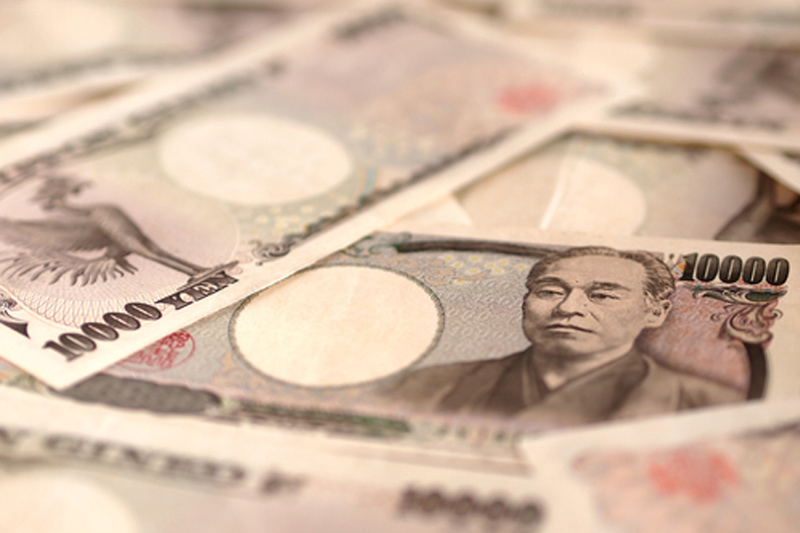By Ambar Warrick
Investing.com-- Most Asian currencies rose on Thursday while the dollar retreated further ahead of key economic data that is expected to provide more cues on inflation, with the Japanese yen resuming its ascent after the Bank of Japan tweaked its ultra-dovish policy this week.
The yen was the best performer for the day, rising 0.5% and coming close to a four-month high hit on Wednesday. The currency rallied sharply after the BOJ unexpectedly widened its yield control range for government bonds - a move that could herald more policy tightening next year.
This also weighed on the dollar, pushing the greenback to a six-month low earlier this week.
The dollar index and dollar index futures fell 0.3% each on Thursday, with focus now turning to revised U.S. GDP data for the third quarter, and more importantly, the personal consumption expenditure price index reading for November.
The PCE index is the Federal Reserve’s preferred inflation gauge, and is expected to show that inflation eased further in November, when it is released on Friday. Markets will be watching to see how close the reading comes to the Fed’s target range, given that the index is so far trending well above the 2% mark.
Broader Asian currencies moved slightly higher in anticipation of the reading on hopes that the figure will be weaker than expected. Asian markets saw a brief rally earlier this month after consumer and producer readings for November came in lower than expected.
Rising interest rates in the U.S. and other developed economies weighed heavily on Asian currencies this year, as the gap between risky and low-risk debt narrowed. While the BOJ decision offered regional currencies some relief this week, it also signals that the central bank is likely to tighten policy in line with its developed peers - a move that could attract capital away from other Asian markets.
The Chinese yuan rose 0.1% amid more signs that the country is scaling back its strict anti-COVID policies. But gains in the currency were stifled by an unprecedented spike in Chinese COVID infections, which analysts have warned could delay a broader reopening in the country.
The South Korean won added 0.4%, while the Indian rupee rose 0.2%. Both currencies were hit hard by a spike in the dollar this year, and were trading close to historic lows.
Among Antipodean currencies, the Australian dollar rose 0.8%, while the New Zealand dollar added 0.4%.
